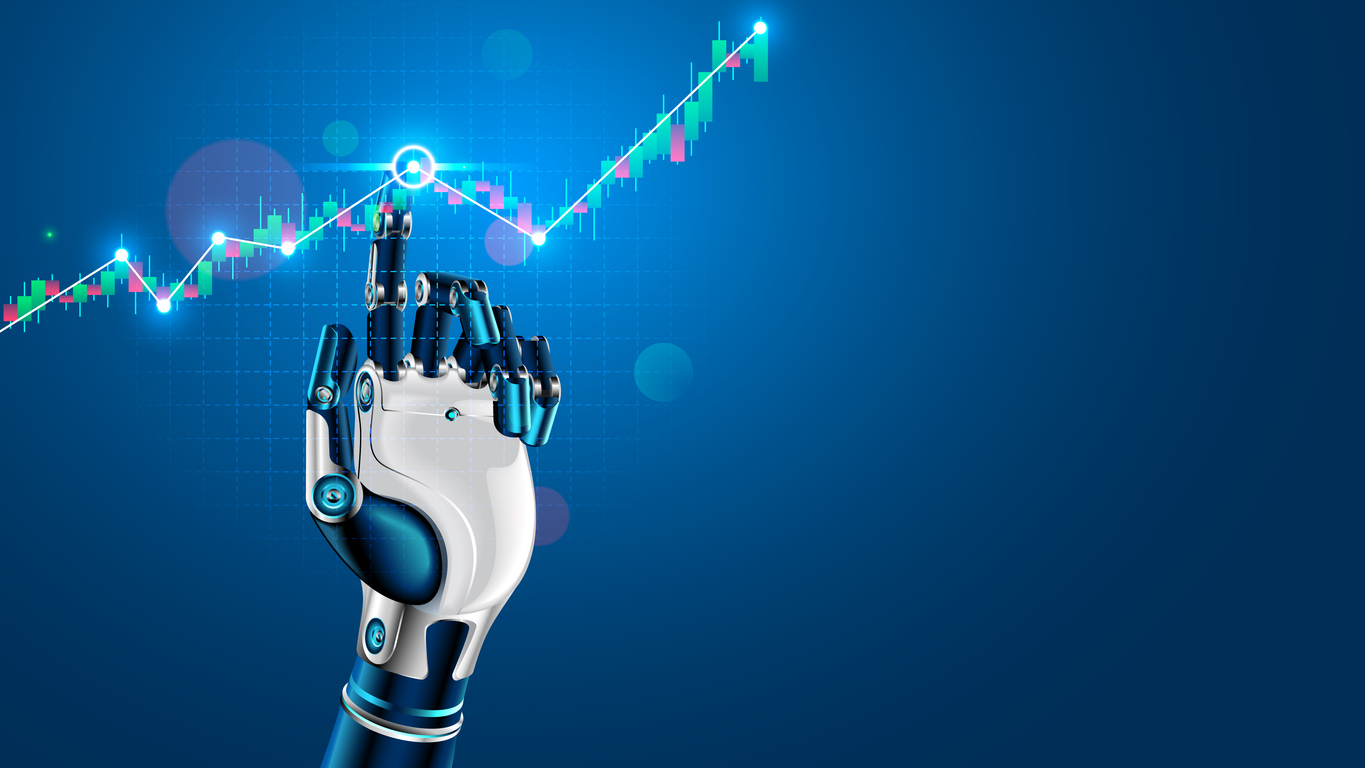In today's fast-paced financial landscape, trading has evolved into a sophisticated realm, driven by technology and data analytics.
Artificial Intelligence (AI) is the latest disruptor that has taken the trading world by storm. Whether you're a seasoned trader or a novice just stepping into the trading arena, harnessing the power of AI can be a game-changer. Get the experts' guidelines by visiting the official site of Immediate Connect and learn to improve your trading strategy with AI.
Data is the Fuel for AI
To improve your trading strategy with AI, you must first appreciate the pivotal role of data. AI models require high-quality data for accurate predictions. Market data, financial reports, news feeds, and even social media sentiment can all be valuable sources.
Collecting and preparing data for AI analysis is a critical step that often requires collaboration with data scientists. The old adage, "garbage in, garbage out," holds true; clean, reliable data is essential for effective AI-based trading strategies.
Selecting the Right AI Tools
Choosing the right AI tools for trading can be a daunting task. There's a wide array of AI-powered software and platforms available, each with its unique features. It's crucial to match your chosen tools with your trading objectives and risk tolerance. Some popular AI tools for trading include algorithmic trading platforms, sentiment analysis software, and robo-advisors.
Algorithmic trading platforms execute trading strategies automatically based on predefined criteria, while sentiment analysis tools gauge market sentiment from news and social media. Robo-advisors provide automated portfolio management.
It's important to conduct thorough research and, if possible, consult with experts to find the best AI tools that align with your trading style. Remember that these tools should enhance your decision-making process, not replace it entirely.
Developing AI-Based Trading Strategies
Now, let's discuss the core of the matter – crafting AI-based trading strategies. There are several approaches, but the following are fundamental steps to develop effective strategies:
- Data Analysis and Feature Selection: Start by analyzing historical data to identify relevant features. These could be price patterns, trading volumes, or external factors like economic indicators. Feature selection is crucial, as it determines the inputs for your AI model.
- Model Selection: Choose an AI model that suits your trading strategy. Neural networks, decision trees, and support vector machines are common choices. The model should align with the data and problem you're trying to solve.
- Training and Validation: Train your AI model on historical data and validate its performance. This step is critical to ensure your model is learning and making predictions accurately.
- Backtesting: Once you've developed your AI trading strategy, backtesting is essential. It involves applying the strategy to historical data to assess its performance. This step helps you understand how your strategy would have fared in the past, providing insights into potential strengths and weaknesses.
- Risk Management: Incorporate risk management techniques into your AI-based trading strategy. These could include setting stop-loss orders, defining position sizes, and diversifying your portfolio. AI can help you optimize risk management based on market conditions.
AI is a powerful tool that can significantly improve your trading strategy, provided you understand its capabilities and limitations. By focusing on data quality, selecting the right AI tools, and diligently developing and monitoring your AI-based strategies, you can harness the potential of AI to enhance your trading performance.
Keep in mind that AI is not a magic bullet, but when used wisely, it can be a game-changing asset in your trading arsenal. Continuously learn, adapt, and combine human expertise with AI insights to navigate the complex world of trading successfully.












